- Ca Mau submits renewable energy export project
- Preferential policies for developing renewable energy and new energy
- Promote the use of renewable energy
The potential of energy sources, including oil and gas energy and renewable energy, has been developing quite strongly in Ca Mau, and there is still a lot of room left, creating an important foundation and vision for the locality to achieve double-digit growth in the coming time.
Ensuring gas energy supply
Regarding the oil and gas sector, Mr. Nguyen Chi Thien, Director of the Department of Industry and Trade, said: "According to the Planning and Implementation Plan of the National Energy Master Plan for the period 2021-2030, with a vision to 2050, the province has offshore gas pipeline projects. In particular, the pipeline project from Nam Du and U Minh fields to the PM3-Ca Mau pipeline has an expected length of 30-40 km, a capacity of about 0.5 billion cubic meters/year, operating in the period 2021-2025 and 2026-2030; however, the National Industry and Energy Group (PVN) is currently in the process of exploring and evaluating the reserves of Nam Du and U Minh fields and the needs of gas consumers as a basis for project establishment. With the PM3-Ca Mau gas compensation pipeline project (from KP209 of the Block B pipeline), the expected length is 37 km, with a capacity of about 2.4 billion cubic meters/year, operating in the 2026-2030 period, PVN is assessing the needs of gas consumers as a basis for project establishment.
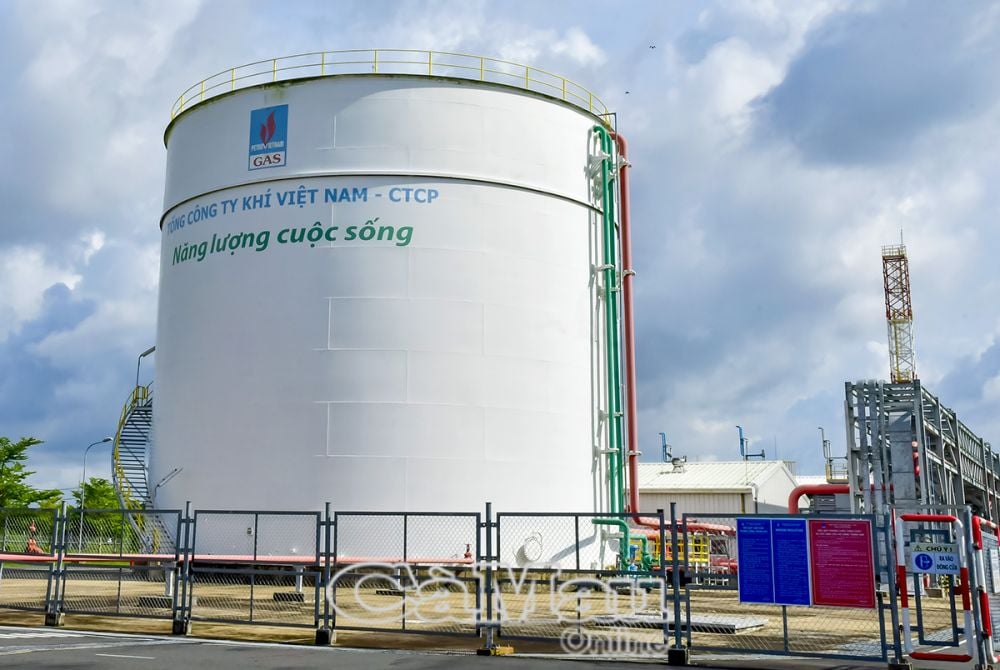
A tank at Ca Mau Gas Company in Ca Mau Gas - Electricity - Fertilizer Industrial Cluster (Khanh An commune, U Minh district).
Along with that, the pipeline collecting gas from potential fields (Dam Doi, Khanh My) in Block 46/13 connects with the Nam Du, U Minh pipeline to PM3-Ca Mau with an expected length of 40-60 km with a capacity of about 2.2 billion cubic meters/year, operating in the period of 2026-2030. The Block 46/13 oil and gas exploitation development project contract has been signed between PVN and the contractor, the Oil and Gas Exploration and Production Corporation (PVEP); The Khanh My - Dam Doi mine exploitation project is assigned by the contractor to the Khanh My Oil and Gas Operation Branch to operate, and is conducting a survey to prepare a feasibility study report. The Khanh My - Dam Doi mine is expected to start producing the first gas in the second quarter of 2027, estimated to add about 4.03 billion cubic meters. “All gas from the mine will be fed into the existing PM3-CAA pipeline system, supplying the Gas - Electricity - Fertilizer Complex in Ca Mau, to ensure the gas energy supply for Ca Mau in particular and the Southwest region in general,” Mr. Nguyen Chi Thien informed.
Mr. Nguyen Chi Thien added that the planning also includes a project to invest in a system of stations, floating gas storage and imported regasification pipelines (FSRU system) with full capacity to import liquefied natural gas (LNG) to supply gas to gas consumers in the Ca Mau area, with a capacity of about 1-3 million tons/year, in the period of 2026-2030. The province is completing procedures to put the project on the list of investment invitations.
Regarding the new energy sub-sector, implementing Decision No. 48/QD-TTg dated February 3, 2023 of the Prime Minister , the People's Committee submitted the Electricity Export Project, with a roadmap to 2031, Ca Mau province will export electricity from renewable energy of about 2,000 MW, by 2035 it will be 3,000 MW, by 2040 it will be 5,000 MW. Regarding new energy, an investor has proposed to study the project of producing Hydrogen from renewable energy, updating the list of potential energy projects in the Provincial Planning, the potential location is identified in Dam Doi district, Ngoc Hien district, with a potential development capacity of about 86,248 tons/year.
Towards electricity export
Ca Mau has great potential and advantages in renewable energy, which is considered a field that will contribute to creating a breakthrough for the locality to grow by double digits after 2025. However, regarding the province's Electricity Export Project, the Ministry of Industry and Trade believes that this is a difficult and complicated content, which needs to be assigned to a specialized consulting unit to implement, with the participation of experts, because it is necessary to forecast long-term domestic electricity demand, assess the domestic electricity supply capacity, and the potential for renewable energy development to develop to meet domestic demand with a long-term vision, and then consider exporting. The Ministry also reported to General Secretary To Lam and Prime Minister Pham Minh Chinh that it is necessary to consider this policy as a whole, not separately, to resolve the recommendations of each locality, because the planned 500-650 kV ultra-high voltage submarine cable across the sea from Vietnam to Singapore is about 1,000 km long with a very large preliminary total investment. Up to now, there has been no direction from the competent authority according to the report of the Ministry of Industry and Trade.
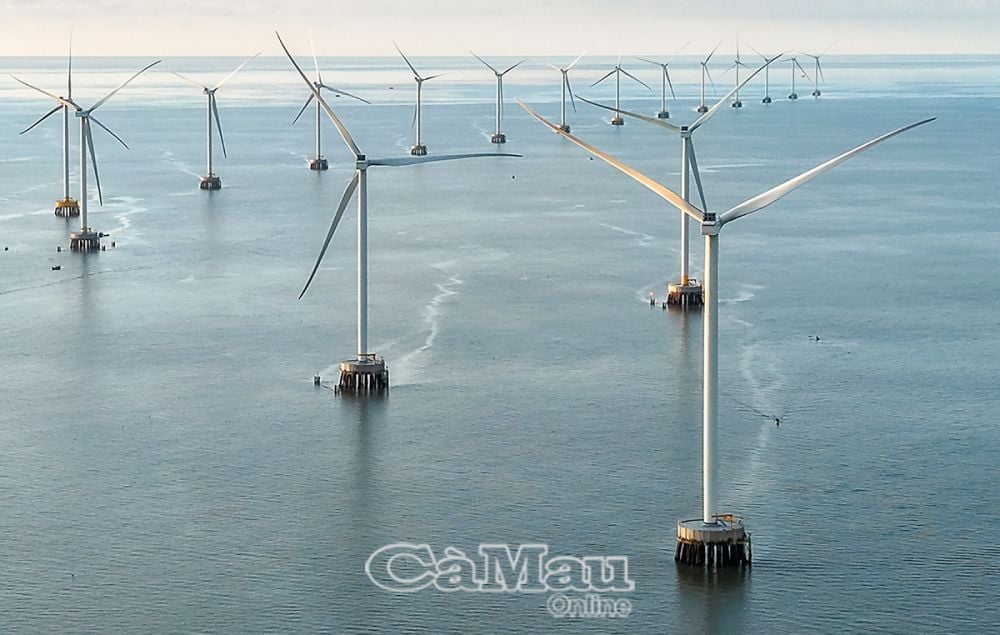
Tan Thuan wind power field (Tan Thuan commune, Dam Doi district) is the first renewable energy production site in the province to be put into commercial operation and exploitation from April 2022.
For the Project of producing Hydrogen from renewable energy, there are currently no regulations or instructions for implementation; the planning only shows the development capacity for the region, not specifically for the province or city, so there is no basis for calling for investment; there are no regulations on selecting investors as well as no regulations on prices and the Hydrogen market as a basis for selecting investors and establishing investment projects.
In implementing the Law on Planning, the energy infrastructure development plan is integrated into the Provincial Planning submitted to the Prime Minister for approval, including a list of power source and grid projects. However, in Decision No. 1386/QD-TTg dated November 16, 2023 of the Prime Minister approving the Provincial Planning, the power source only shows the development area, does not specify the project and does not have a list of grids connecting to the power source, so the power source projects are facing difficulties, have not been able to carry out the connection agreement procedures with the electricity industry, so there is no basis for preparing and appraising the feasibility study report.
In fact, since the beginning of 2022, many investors have come to the province to propose research approaches to develop projects to produce Hydrogen gas from renewable energy (wind power, solar power, biomass power), with a total scale of 3,000 MW of renewable energy to produce 86,248 tons of Hydrogen gas/year. This is a new form of investment, with no mechanism for implementation. Along with that, through the province's survey, regional countries: Singapore, Malaysia, Thailand... forecast a shortage of electricity, so there is a very high demand for electricity imports, especially from renewable energy sources, while Ca Mau has a strategic location close to partners, exporting electricity from here will be very convenient.
Based on the above reality, the province recommends that the Politburo and the Secretariat consider and issue a document agreeing on the policy of exporting electricity; choosing Ca Mau as the landing point, gathering renewable energy capacity from the Mekong Delta provinces to export electricity to neighboring countries: Singapore, Malaysia, Thailand... To the Government, it is recommended to consider, issue or direct the issuance of a mechanism to guide the implementation of renewable energy projects that are not connected to the grid but directly supply to produce new forms of energy (Hydrogen, Ammonia). To proactively supply gas for Ca Mau Thermal Power Plant 1&2 to operate effectively, take advantage of favorable conditions in terms of land, available connections and replace the slow-progressing LNG thermal power projects in the Power Plan VIII, the province recommends that the Prime Minister approve the expansion project of Ca Mau Thermal Power Plant 1&2 with an additional capacity of 1,500 MW in the adjusted list of Power Plan VIII.
Ca Mau province has great potential for wind, solar and gas power, including 7,812 MW of wind power (4,100 MW of offshore wind power; 3,712 MW of onshore and nearshore wind power); 1,480 MW of solar power combined with aquaculture and breakwaters, and 1,000 MW of storage batteries.
“The province has proposed this potential in the adjustment of the Power Plan VIII in Official Dispatch No. 76/UBND-KT, dated January 4, 2025 and Official Dispatch No. 1064/UBND-KT, dated February 14, 2025, recommending the Prime Minister to consider and supplement the above potential for Ca Mau province and the 500 kV power grid to Ca Mau province to release renewable energy capacity,” Mr. Nguyen Chi Thien added.
Currently, the system of stations, floating gas storage and imported regasification pipelines (FSRU system) is synchronized with the capacity to import liquefied natural gas (LNG) of about 7 million cubic meters/year by 2030 and about 10 million cubic meters/year by 2045.
To implement the goals of Resolution No. 55-NQ/TW, the province has specified them into implementation goals in Action Program No. 42-CTr/TU, including the content of well implementing programs on economical and efficient use of energy, reducing power loss to the lowest level, saving 7% of energy by 2030 and 14% by 2045 according to the set goals.
Tran Nguyen
Source: https://baocamau.vn/cuc-phat-trien-nang-luong-phia-nam-a38539.html



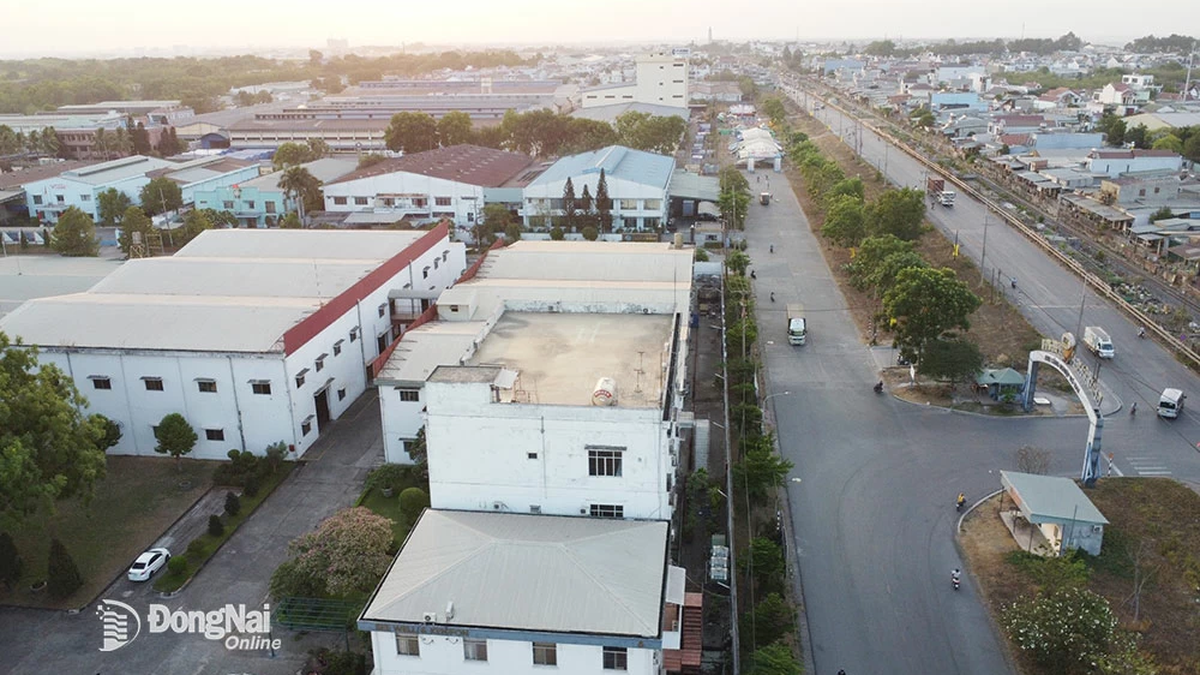
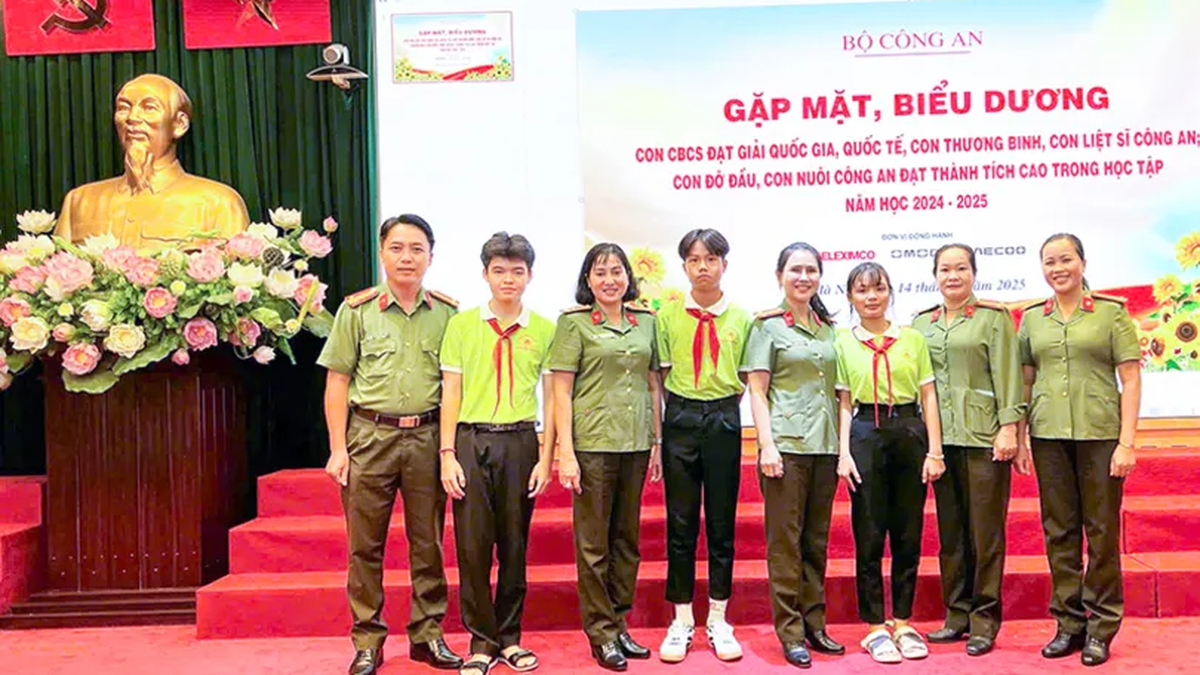


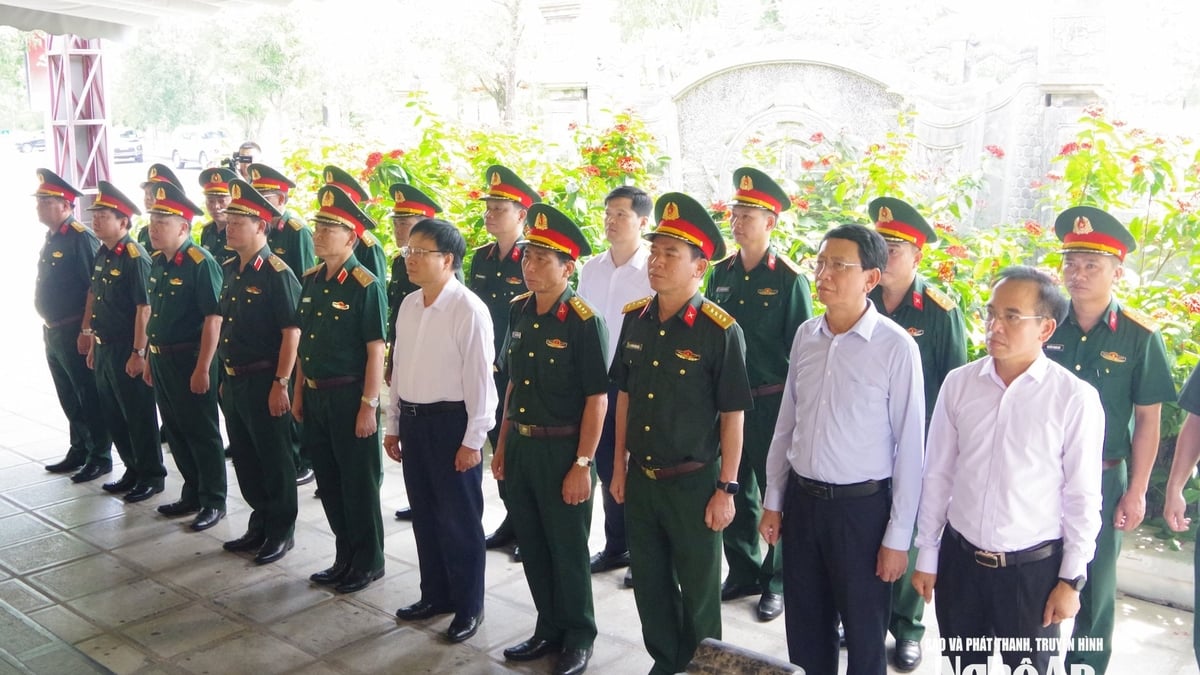
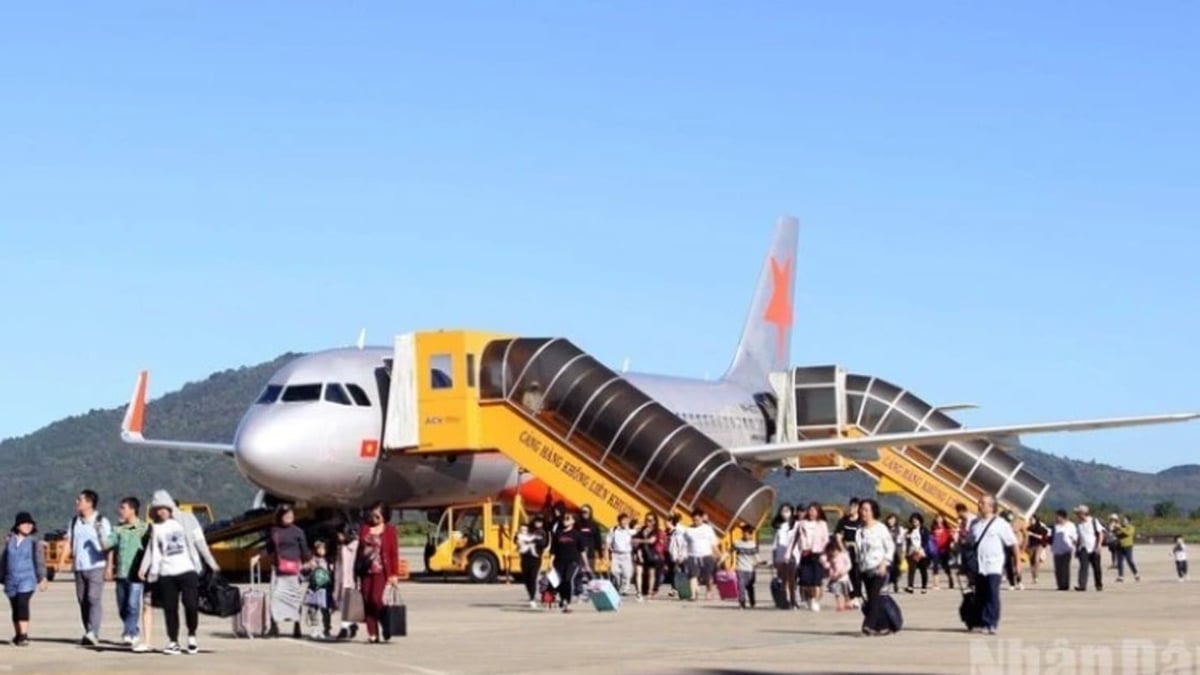
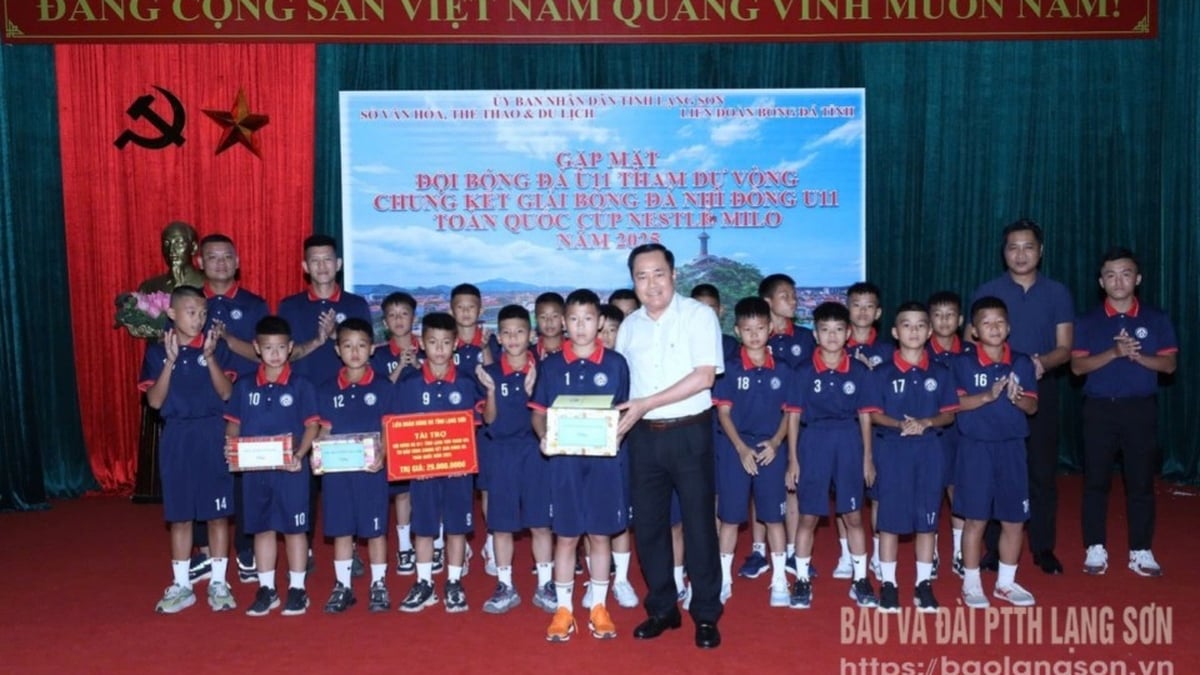

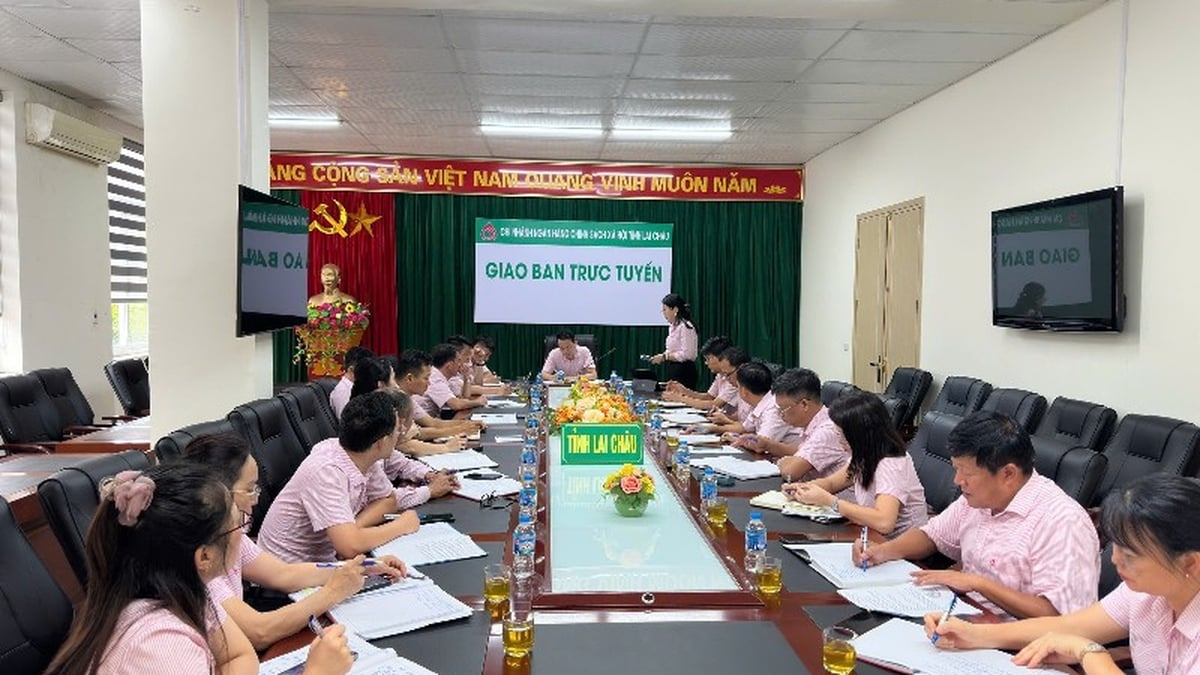








































![[Maritime News] More than 80% of global container shipping capacity is in the hands of MSC and major shipping alliances](https://vphoto.vietnam.vn/thumb/402x226/vietnam/resource/IMAGE/2025/7/16/6b4d586c984b4cbf8c5680352b9eaeb0)













































Comment (0)